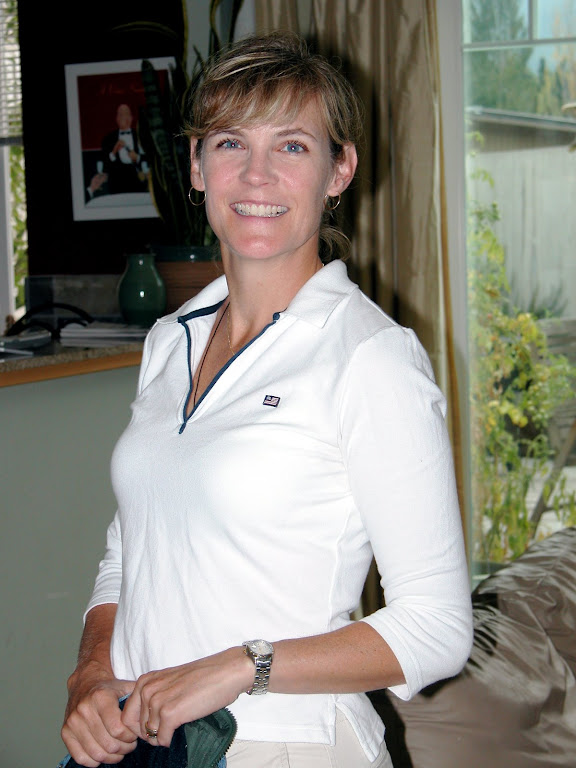I am often surprised by the extremely well done articles in the Wall Street Journal that have nothing to do with Wall Street, or business, or politics, or the usual things one expects to find in a daily paper with the name Wall Street Journal (WSJ).
Today is no exception: this article in today's WSJ, by Amy Dockser Marcus, is about the demographics of sudden cardiac death and what can be done about the small number of unexplained deaths in this category. There is a nice graphic in the article, taken from the Mayo Clinic's Sudden Death Genomics Lab. Out of 350,000 sudden cardiac deaths occurring each year in the USA, about 10,000 occur in people between the ages of 1 and 40 years. Of those, about 2/3 have reasonable physical abnormalities that explain the death. You are left with 3300 (a little less than 1% of the original number of deaths—but 33% of young people) cases of unexplained death in relatively young people. And of those, if you are willing to spend between $1000 to $10,000 per case on genetic testing, about 25% will have a recognizable abnormality that probably explains the death and may be useful to the families of these unfortunate patients. The rest remain unexplained. Read the article, either in print, or online as this is only a very minimal summary.
One of the reasons this caught my attention at the breakfast table is that I have seen a few cases each year for the past 30 years here in Montana that fall into the category of sudden unexplained cardiac death. The article also mentions those below 1 year of age, though it does not go into detail, other than to mention that about 10% of these deaths are due to genetic mutations affecting the heart's electrical system. These are usually categorized as SIDS or Sudden Infant Death Syndrome.
And of course, there must be more than a few cases in the original 350,000 that though there appears to be a recognizable physical explanation, they too have died from some heretofore unexplained out-of-the-blue abnormality, but now probably genetically induced electrical abnormality.
By the way, one of the reasons our medical care system spends more per patient than anywhere else in the world, is that we are willing to spend $16.5 million dollars in order to tell 800 families per year that their loved ones died from a recognizable genetic abnormality. That is around $20,000 per case.
This is a small experiment in the blogosphere. "If you have no interest in what it's like to grow old, what follows is not for you. However, if it's going to happen to you, and the outcome is ultimately going to be negative, then finding a way to make the process as bearable, even as enjoyable as possible, might be worth a little attention."—from John Jerome's On Turning Sixty-Five
Subscribe to:
Post Comments (Atom)
Downtown Phoenix

Downtown Phoenix in the Winter Time
Good Cheese Here

Vermont Cheddar & Minnesota Blue
TAKE TIME FOR PARADISE
Me and Joan

Early elderly and middle middle age: We May Know Something You Don't
Mrs America

Fortunately these girls had a good-looking mother
Rimrocks @ Billings MT

“In beholding old stones we may feel our anxieties about our achievements–and lack of them–slacken . . . Vast landscapes [and seascapes] can have an anxiety–reducing effect similar to ruins, for they are the representatives of infinite space, as ruins are the representatives of infinite time, against which our weak, short-lived bodies seem no less inconsequential than those of moths or spiders.”—Alain de Botton in Status Anxiety
Easter Sunday at St Patrick's Co-Cathedral

12 April 2009
Pleasant Hillside at Hustisford, AKA The Grassy Knoll for you conspiracy buffs

A Lot of Muellers Are Buried Here



No comments:
Post a Comment